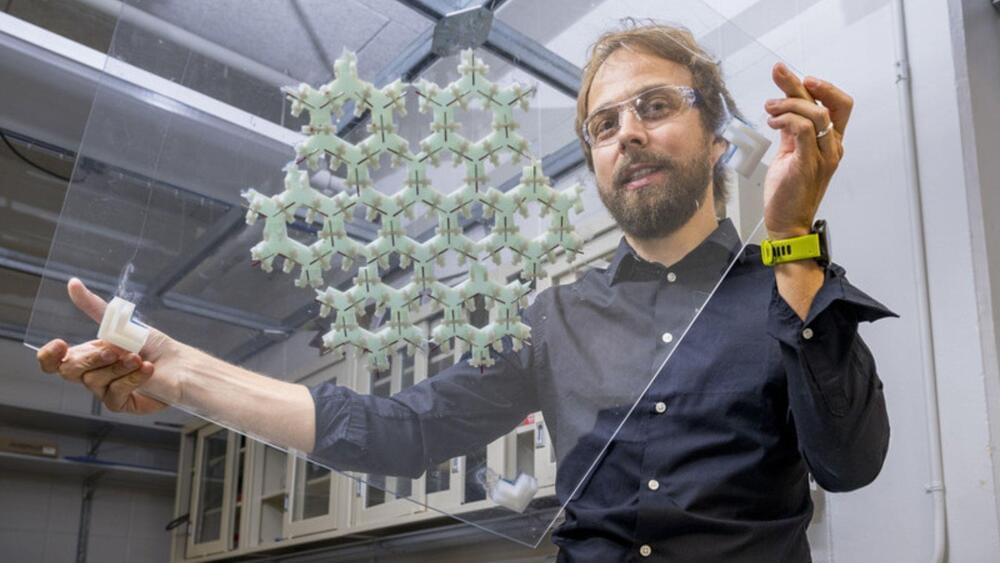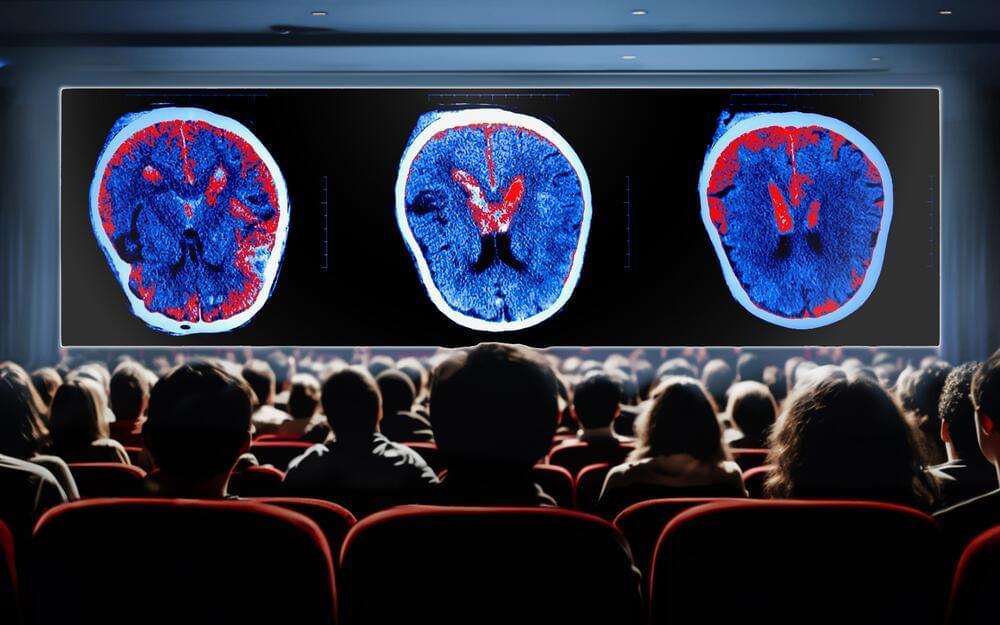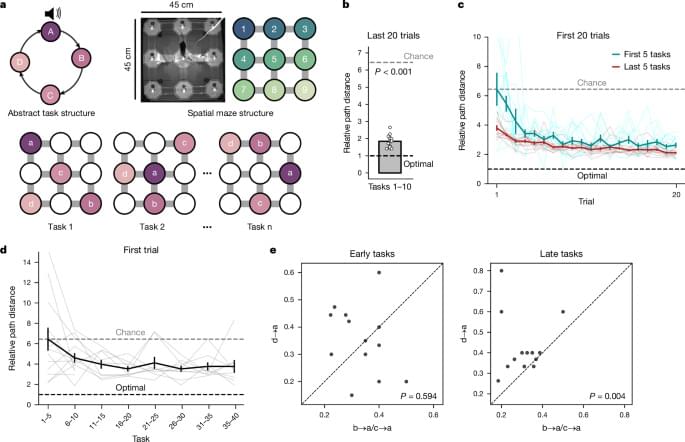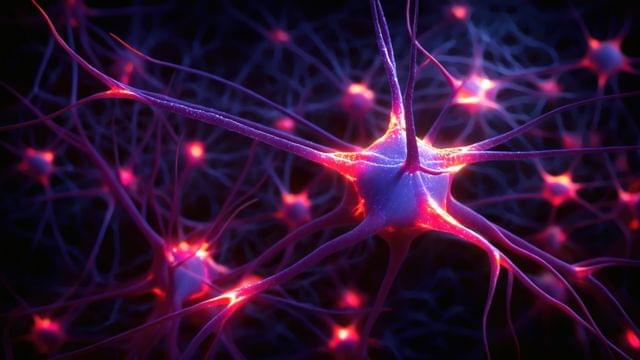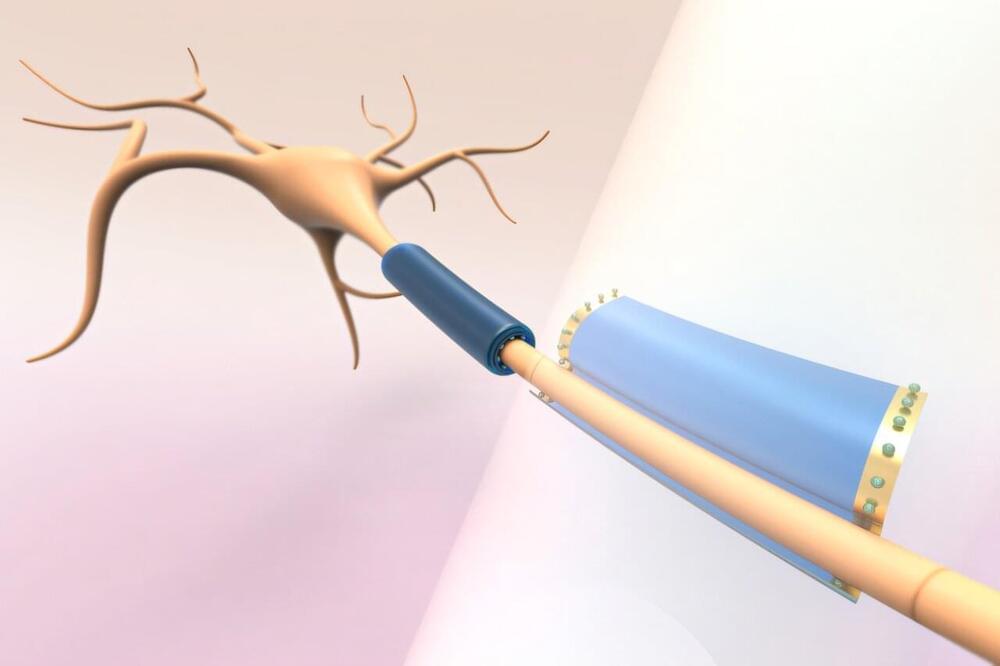Nov 8, 2024
Fish oil supplements may protect against cancer
Posted by Omuterema Akhahenda in categories: biotech/medical, food, neuroscience
In addition to lowering your cholesterol, keeping your brain healthy and improving mental health, new research from the University of Georgia suggests omega-3 and omega-6 fatty acids may help ward off a variety of cancers.
The study relied on data from more than 250,000 people and found that higher…
But most Americans probably aren’t eating enough of these foods to reach the recommended amounts.
Continue reading “Fish oil supplements may protect against cancer” »

